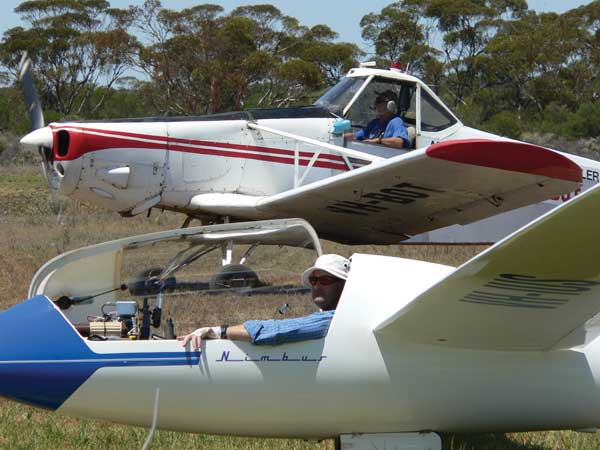Every sailplane has a Minimum Equipment List (MEL) that the design is certified with. This equipment is listed on the Type Certificate Data Sheet (TCDS). The equipment on the list is dependent on which standard the aircraft was designed to and the requirements of the country it was designed in.

Anthony Smith
Chair Airworthiness Department
A separate list of equipment is required to operate an aircraft in Australia. For example, Civil Aviation Order (CAO) 20.18 lists the instruments which must be fitted for flight under the Visual Flight Rules (VFR). CAO 20.18 includes the often debated requirement to have a magnetic compass fitted.
Operational and airworthiness requirements, including the aircraft type design approval requirements, require that every item of equipment installed in the aircraft must be operational at the beginning of a flight.
Civil Aviation Regulation (CAR) 37 provides CASA with the authority to approve a list of equipment that is allowed to be unserviceable under prescribed conditions. These lists of unserviceable equipment are referred to as Permissible Unserviceabilities (PUs). Lists of aircraft components such as undercarriage doors that are unserviceable are referred to as Configuration Deviation Lists (CDLs).
GFA has an exemption to CAR 37. Instead, the GFA has a minimum equipment list that comprises of the minimum equipment list from the Type Certificate Data Sheet for the sailplane and the equipment listed in MOSP 3, Chapter 8. The GFA also has AIRW-M15 – Permissible Unserviceabilities which legally enables operation of sailplanes with unserviceable or removed equipment that do not compromise safety.
In the past, GFA has operated with a system allowing flight with minor defects which are recorded in the maintenance release and do not affect safe flight. This is still in effect and allows flight with minor defects considered safe by the Daily Inspector as detailed in MOSP 3. AIRW-M15 – Permissible Unserviceabilities is an extension of this system and gives legal coverage for some unserviceable items which would otherwise be in breach of either the type certification or CAO 20.18. AIRW-M15 – Permissible Unserviceabilities also lists the conditions and procedures that are required to be implemented.
While a Daily Inspector or higher can allow flight by documenting unserviceabilities that don’t affect safe flight as a minor defect, if the unserviceability is listed in AIRW-M15 – Permissible Unserviceabilities, the requirements listed in that document must be met.
The classic example is where aerotow clubs remove the belly release from a sailplane. With some aircraft types, the belly release is included in the minimum equipment on the Type Certificate Data Sheet. Removing the belly release is a breach of the type certification of these aircraft. AIRW-M15 – Permissible Unserviceabilities allows for the belly release to be removed provided a placard is installed adjacent to the release handle and an annual inspector checks to ensure the release activation cable is appropriately stowed and there is nil effect on the operation of the nose release.































